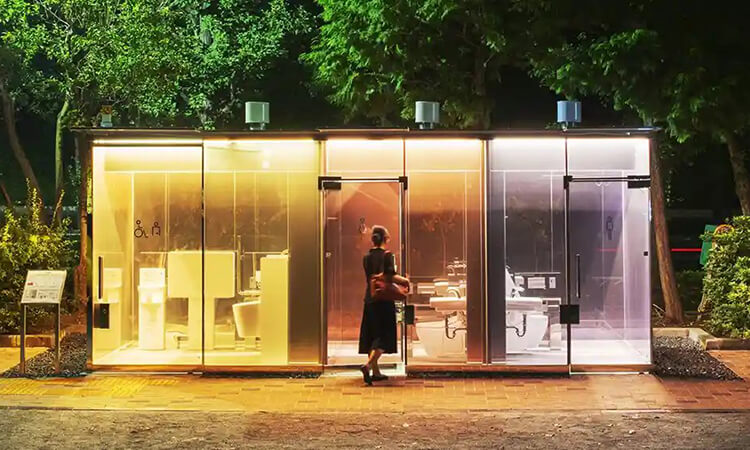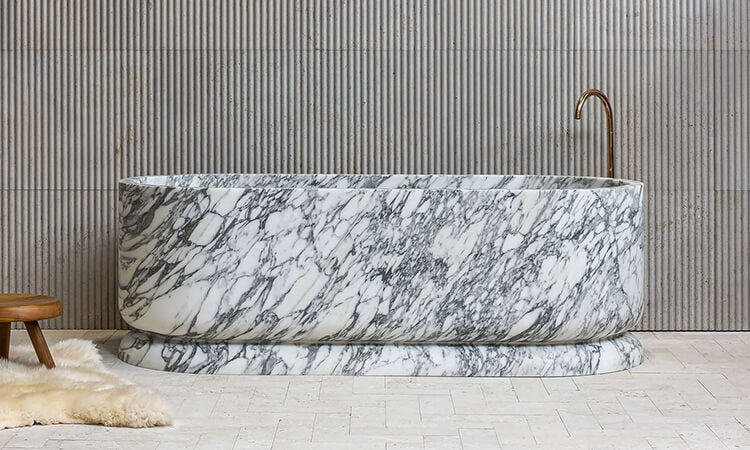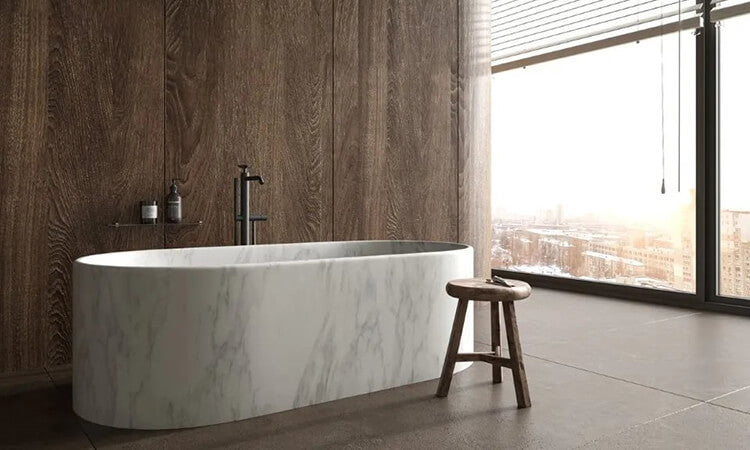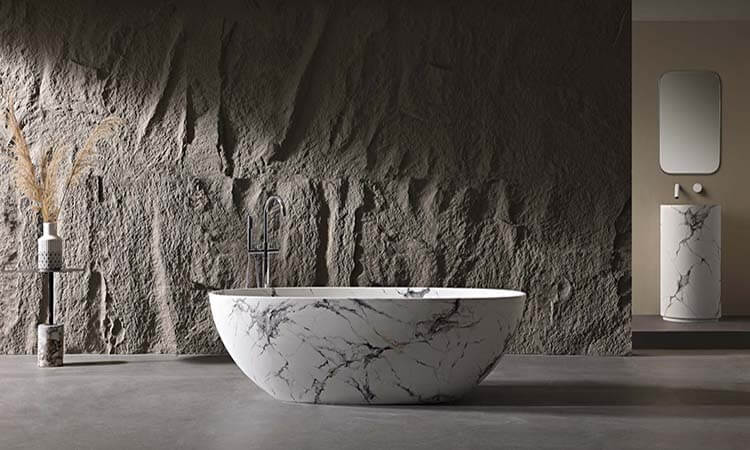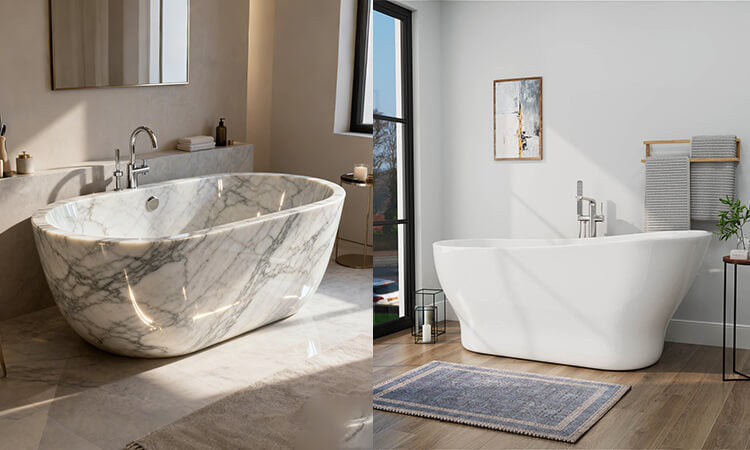After a long, hectic day, few things are more soothing than sinking into a warm bathtub. The hot water wraps around your body, tense muscles slowly release, and the stress of the day begins to melt away—leaving behind nothing but calm and comfort.
Bathing isn’t just about relaxation, either. It offers real health benefits: boosting circulation, easing sore muscles, cleansing pores, strengthening your skin’s natural barrier, and even calming your nervous system to help you sleep more deeply. In short, a good soak is more than a daily routine—it’s a simple way to enhance your well-being and quality of life.
But here’s the catch: to fully enjoy a bath, the water temperature needs to stay just right. That’s where bathtub heaters come into play. But do you really need one? Let’s dive in and find out.
What Is a Bathtub Heater
Simply put, a bathtub heater is a device designed to keep your bathwater warm, so you don’t have to worry about it cooling off before you’re done relaxing. These heaters work by continuously adding heat to the water using different methods, ensuring a consistent and comfortable temperature. On the market today, bathtub heaters generally fall into four main types:
Circulation Heaters
Also known as “soak bath heaters” or “inline heaters,” these usually feature a compact, box-like design made from heat-resistant plastic or metal. They operate by converting electricity into heat through an internal heating element, while a built-in circulation pump keeps the water moving. As water flows through the heating element, it warms up before returning to the tub, maintaining a steady temperature throughout your bath.

Portable Immersion Heaters
These look like small rods, typically 8–12 inches long, and are easy to store and carry. Simply immerse the heater in your bathtub water, and its coil quickly warms the surrounding water. The main benefits are simplicity, portability, and fast heating.

Bubble Bath Mat Heaters
These innovative devices combine water heating with a bubble massage. Shaped like a soft mat that sits at the bottom of your tub, they contain built-in heating wires to warm the water, while an air pump pushes bubbles through small holes, creating a rich, spa-like experience right at home.

Bathtubs with Built-In Heating Systems
Typically found in whirlpool tubs with advanced features, these models include integrated temperature sensors and heating systems that monitor and adjust the water temperature in real time. Paired with powerful water jets and massage functions, they deliver a premium, luxurious bathing experience.

Do You Really Need a Bathtub Heater?
For most people, the main reason to consider a bathtub heater is straightforward: keeping the water warm longer for a more enjoyable soak. Sounds reasonable, right? But the truth is, modern bathtubs are already much better at retaining heat than many realize.
Take acrylic tubs from Giving Tree Home as an example. If you fill one with water at 104°F (40°C) in the summer, after 30 minutes the water can still be around 95°F (35°C)—plenty warm for a relaxing bath. From a health perspective, lingering too long in hot water isn’t ideal anyway, since extended soaks can put unnecessary strain on the body. Solid surface tubs may lose heat slightly faster than acrylic, but they still maintain a comfortable temperature for normal use. So for most routine baths in a Giving Tree Home tub, an extra heater is really not necessary.

That said, many bathtub heaters, despite their marketing claims, often fall short in real-life use:
- Circulation Heaters: Bulky, take up space, and require regular maintenance.
- Portable Immersion Heaters: Useful only while filling the tub—not practical for maintaining heat during a soak.
- Bubble Bath Mat Heaters: Frequently get mixed reviews online. Users report limited heating efficiency, and the constant bubbling can even make the water cool faster.
For everyday comfort, additional heaters are usually overkill.
However, there are situations where a bathtub heater can be genuinely helpful:
- Bathrooms Without a Hot Water Supply: Heaters save you from repeatedly carrying hot water.
- Outdoor Baths: For tubs on patios, in gardens, or other outdoor spaces, heaters provide a practical solution.
In these cases, portable immersion heaters tend to be the most convenient. Circulation heaters mainly maintain temperature rather than warming cold water, and bubble bath mat heaters aren’t effective for initial heating—so they’re not the best choice for starting a bath.
Best Bathtub Heater Alternatives
Freestanding bathtub faucets are the best alternative to bathtub heaters. It is installed directly on the floor and connects straight to your plumbing. One of its biggest advantages? Nearly unlimited hot water during your soak. With a simple turn of the handle, you can adjust the temperature anytime, eliminating worries about your bath cooling down too quickly.

Energy consumption isn’t usually a concern. As we’ve seen, modern bathtubs retain heat very efficiently, so you typically only need a small top-up of hot water to maintain a comfortable temperature throughout your soak.
Many freestanding faucets also come with a handheld shower, offering a dual bath-and-shower experience—perfect for bathrooms with limited space. They also make cleaning and maintenance much easier.
If you want to keep your bathwater warm even longer without a heater, there are a few simple solutions. Bathtub covers are one of the easiest and most effective ways to minimize heat loss. Popular options include:
- Wooden Covers: Add a natural, warm aesthetic to your bathroom.
- Acrylic Covers: Smooth, corrosion-resistant, and well-insulated.
- Foam Covers: Lightweight, budget-friendly, and surprisingly effective at retaining heat.
Using a freestanding faucet in combination with a well-insulated cover can provide a warm, relaxing soak without ever needing an additional bathtub heater.
Ending
At the end of the day, whether you choose to invest in a bathtub heater really depends on your personal needs and bathing habits. For most modern tubs, especially well-insulated models from brands like Giving Tree Home, water stays comfortably warm long enough to enjoy a relaxing soak without extra devices.
That said, options like freestanding faucets, portable immersion heaters, and insulated covers give you flexibility when you need it—outdoor baths, bathrooms without a hot water supply, or longer soaks. The key is knowing your space, your tub, and what will truly enhance your comfort.
Ultimately, a warm, soothing bath doesn’t have to come with complicated gadgets or unnecessary expenses. With a few smart choices, you can create a spa-like experience right at home, keeping your bathwater cozy and your mind at ease.



